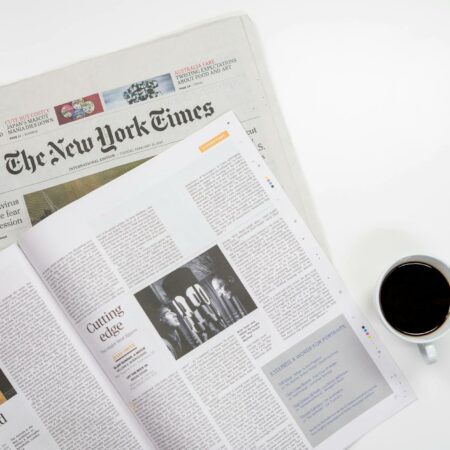There are a lot of factors that determine a successful or unsuccessful online presence, but there are few that are as significant as a call-to-action (CTA). CTAs are all over the World Wide Web, and you may not even realize when you’re in the presence of one, but the reason they are so vast is because they capture a visitor’s undivided attention.
In case you don’t know what a call-to-action is, they are the short phrases that persuade you to take immediate action. They come in the form of clickable text, images or buttons that encourage you to follow a website’s invitation to do something. Some examples of a CTA would be to download a file, subscribe to a newsletter, contact the business, and more. Essentially, it tells you what the website wants you to do; it’s that final step to completing a specific goal.
In this blog, we’re going to discuss how to build a CTA that produces real results and entices visitors to take action on your website.
Define Your Digital Goals
In order to produce the perfect calls-to-action, you must have a clear understanding of your website’s goals. This is important because your digital goals and CTAs correspond to each other.
For example, if you’re a chiropractor and are trying to build your client base, the action you want your visitors to take would be to schedule an appointment. The call-to-action would say something along the lines of, “Book a Free Consultation” or “Schedule Your First Appointment.”
Research What the Audience Wants
Defining what you want to achieve is only a part of it; you need to take your audience’s wants and needs into consideration, as well. Discover why they’re on your website, what they want to accomplish and even what tone of voice appeals to them the most. It also wouldn’t hurt to see what your competitors are doing and learn what they’re doing correctly and where their shortcomings are.
Designing and Executing Your CTAs
Now for the fun part – designing and placing your CTAs on your website. Here are some important tips to keep in mind when designing the actual call-to-action button, text or other visual element:
- Visibility is key: If you have to takeaway anything from this post, here it is: All CTAs must be clearly visible on a website. If they are unable to be found or complexly placed, all of your efforts will be ruined.
- Make it pop: The color you select for a CTA should accentuate it and make it stand out on a page. Don’t select a clashing color or a strobe-light effect; pick a color that’s tasteful, matches the website’s palette and is unique from other elements on the website.
- Be mindful of the size: Much like the color, the CTA button or text size should also help it pop on the page. Make sure it’s a distinctive size and it’s an element that can’t be ignored, but don’t go overboard. If your button or text is half of a web page, you’re doing yourself a disservice.
- Location, location, location: The placement of a call-to-action is one of its most important factors. It should not be in a cluttered area, and it shouldn’t have to compete with other CTAs. This is where your audience’s characteristics come into play; know where they will be most inspired to take action and place the CTA accordingly.
- Keep it short and to the point: Don’t explain all the benefits you promise on the web page’s content in the CTA; make it action-driven, straightforward and to the point. “Sign Up,” “Save 40%,” and “Get Your Free Copy” are great examples of this.
- Give a sense of urgency: The most successful calls-to-action encourage visitors to take instant action. Use words such as “here,” “now” or “today” to promote immediate action.
- Make sure you deliver what’s promised: Remember, a CTA is only as strong as its offering. Don’t neglect the rest of your website; make sure it supports all of your CTAs and addresses any concerns someone would have before executing their actions.
Analyze and Improve Your CTAs
Once you have planned, designed and implemented each of your calls-to action, it’s important to track their impact, analyze their success and improving wherever possible. Review each of the CTAs’ conversion rate and determine how to improve them. A/B testing is another way to see which words are more effective, what area of placement gets more attention and which colors are more intriguing.
A successful CTA should not only increase user engagement on your website, but it should also help achieve your website goals. Take some much-needed time to build effective calls-to-action for your website today!
If you have questions regarding calls-to-action, contact GreenMellen Media!





